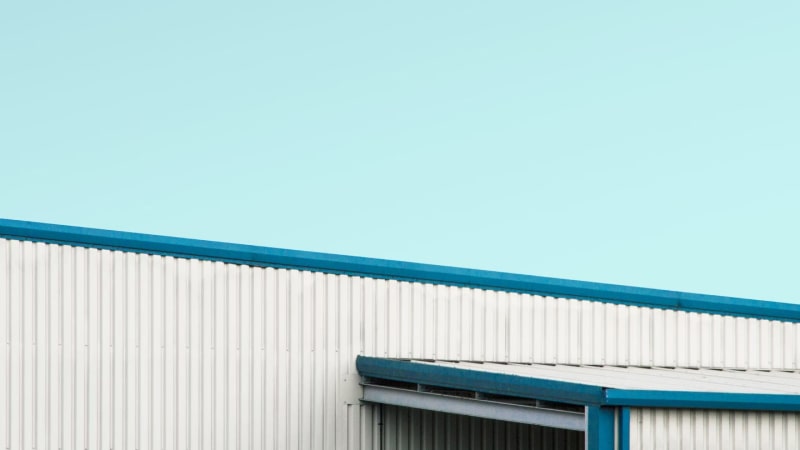
Artisanal Production
Maple syrup producers in Vermont are called sugarmakers. We make small batches, use wood to boil down the sap into syrup, and take pride in our craft that often has been handed down for generations.
This is not our job. We are farmers, builders, engineers, business people whose love of sugaring takes into the woods and our sugarhouses.
February
Before the days warm above freezing, we tap sugar maple trees to collect the sap in buckets or tubing which carries the sap down the hill to the sap collecting tank.
 Feb
Feb
 Mar
Mar
 Mar
Mar
Sap runs when the days are above freezing and the nights below. Normally there are 6-8 weeks when sap can run.
The formation of maple sap is determined by tree physiology. In the later summer and fall, maple trees virtually stop growing and begin storing excess starches throughout the sapwood, especially in their xylem ray cells. This excess starch remains in storage as long as the wood remains colder than about 40 degrees F. But whenever wood temperatures reach around 40 degrees F, enzymes in the ray cells transform the starches to sugars, largely in the form of sucrose. This sugar then passes into the tree's sap. Temperature increases create pressure inside trees, causing sap to flow.
Edit this text and change it with your content.
Most maple sap is about 2 percent sucrose (sugar). It takes an average of 42 liters of sap to produce 1 liter of syrup. A large amount of water must be evaporated from the sap to produce a finished syrup of 66 to 67 percent sugar. Concentrations of syrup below 66 percent sugar content can sour over time. If sap is boiled above 67 percent density, sugar crystals can form in the bottom of storage containers. Finished syrup will often create a wide sheet or drip on the edge of a spoon when dipped in and quickly withdrawn above the boiling liquid.
 An additional information
An additional information